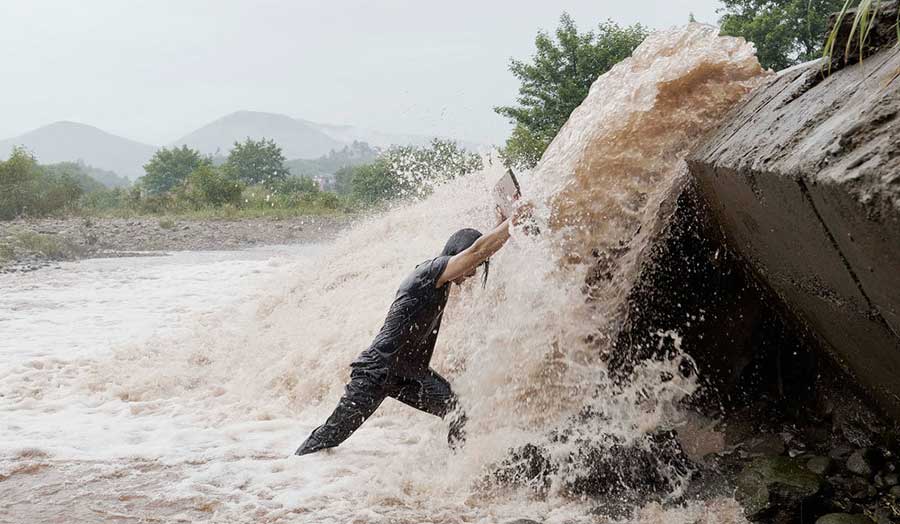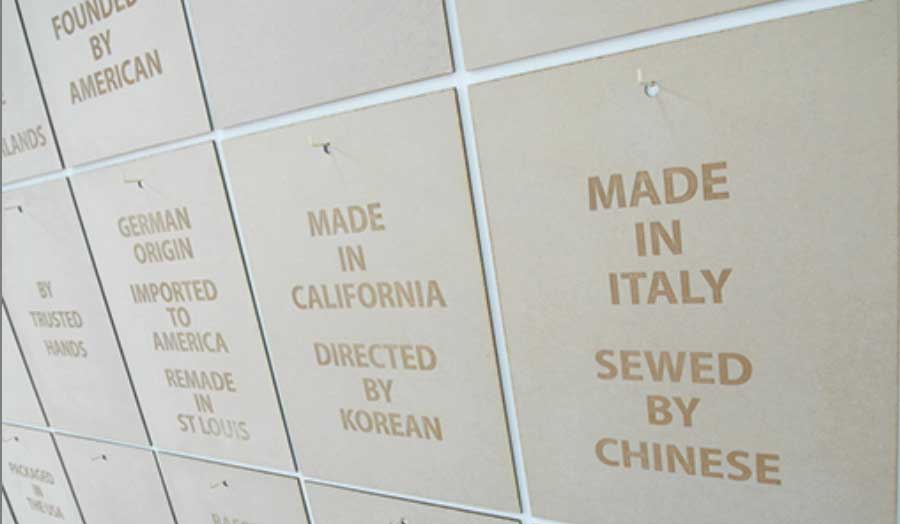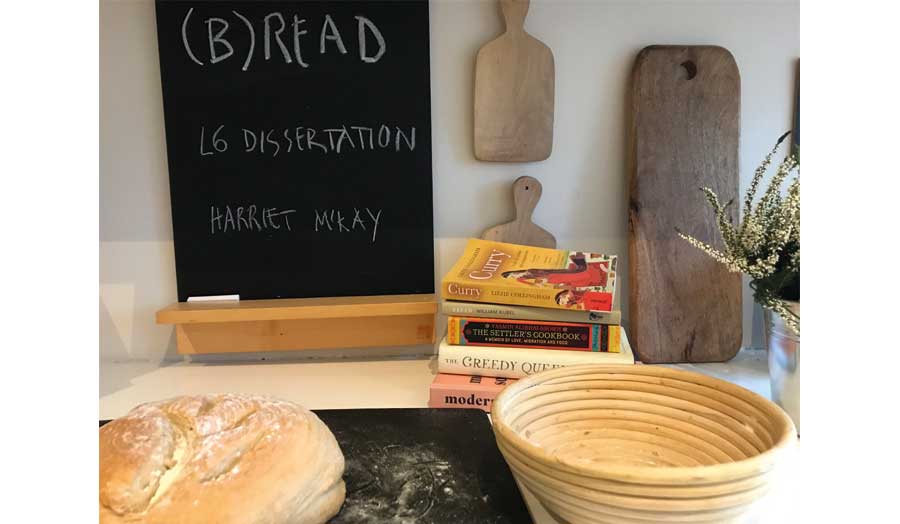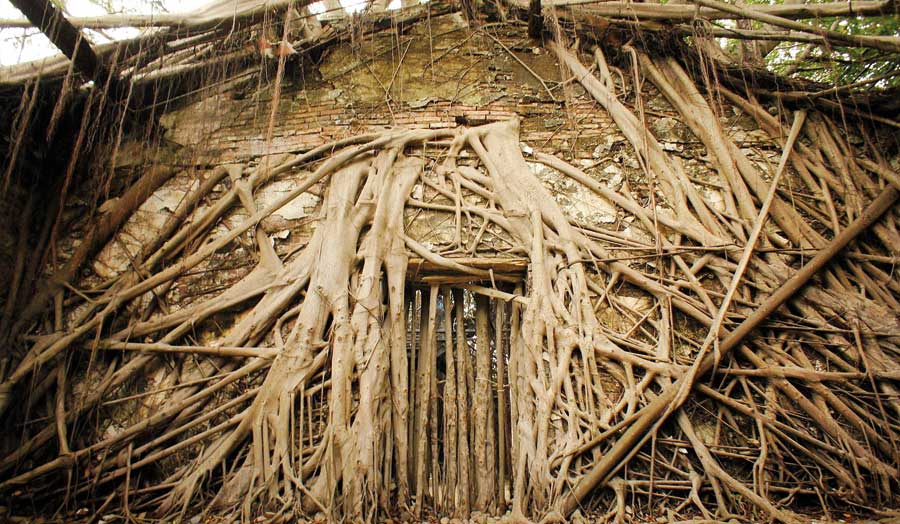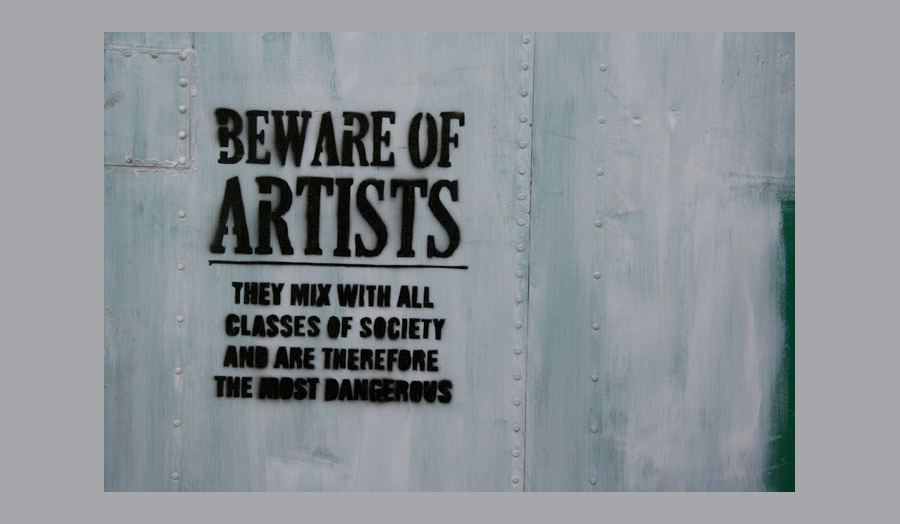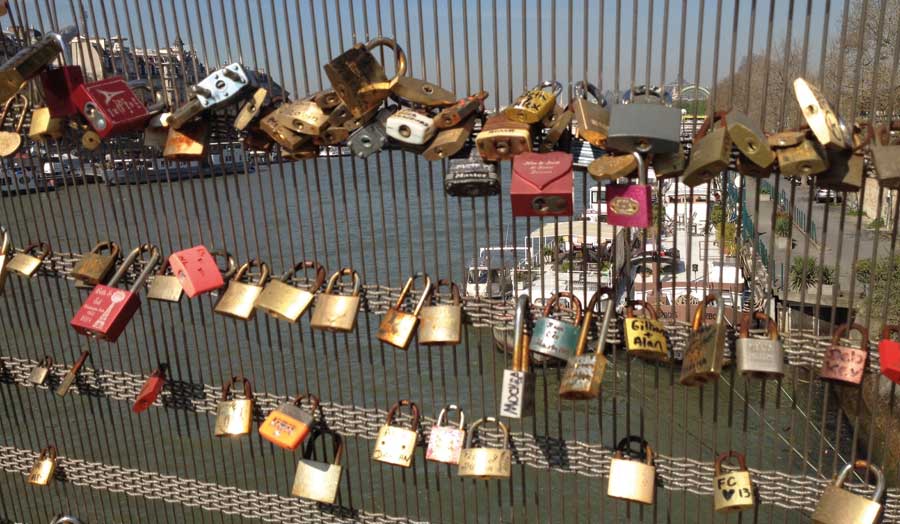Heidi Yeo
"Design needs to be plugged into human behaviour. Design dissolves in behaviour."
Naoto Fukasaw
Desire Paths are visible as traces of use or wear that signpost preferred methods of interaction, be that with object or environment (including the body). The implicit claim is that they represent an unbiased indication of our authentic response and suggest frequency of real-world engagement. They show up as patterns and deviations, experienced in all aspects of our daily lives and have the capacity to affect and shape our ideas. They are seen in such diverse contexts as urban planning, time-worn interiors and through appropriation of social media platforms, emerging also through ways in which we respond to the garments we wear and the objects we use. They make explicit our intuitive desires for speed, ease, comfort, novelty and beauty.
Though a concept born in the physical world, Desire Paths may also be interpreted as metaphor for anarchism, viewed as evidence of deviation, an "inability or unwillingness to do what we’re told" (Moor) or a "record of collective disobedience" (Ballard). They may be an inherent or learned aspect of individual creativity, or emerge through "the wisdom of crowds" (Surowiecki, 2004) and have the capacity to express essential values beyond borders and disciplines.
Such traces sit at the intersection of design and user experience and offer a mindset for approaching new product and experience development. As a studio we will also work to explore implications and opportunities afforded by such a mindset in relation to the structure and narrative of writing. Nomadic thought and the principles of the rhizome may be useful concepts to help identify and develop a dissertation topic that responds to your authentic self. The aim is to underpin a practice that produces experiences that serve, empower and enchant through audience encounters, facilitate outcomes that resonate with human needs and create emotional connection with us as human beings. Could this approach work to inform your creative practice?
Seminar weeks will model the identification, research and development of a dissertation topic, before moving into individual tutorials. You will experience each other as a valuable resource in testing areas of interest, and in developing the confidence to identify and set up primary research experiences (with due consideration of any Covid-19 related restrictions). Through readings, short pieces of writing, talks, exhibitions, site visits and the sharing of ideas and research findings, this studio aims to elicit what is important to you, contributing to your strategic thinking, a more sustainable practice and creative success in the process.
View, visit, read
- Faces of Frida Google Arts and Culture – history, art and culture – portraits, clothes, home, places, letters, impact – online exhibits, editorial features and video.
- The Hidden City - Emile Holba – Culture Mile – Series of online photography exhibitions – a showcase of the everyday creativity that takes place behind the scenes, across the City.
- London Design Festival 2020 – London 12–20 September 2020 – Series of Projects, Commissions, Exhibitions still available online.
- Design Museum Design Dispatches – April 2020 to present time, an ongoing series (17+) of video conversations across disciplines (interior design, architecture, visual communication, fashion, industrial/product design).
- Beazley Designs of the Year 2020 Design Museum – Semester 1 visit (Week tbc, in person if possible) "... innovative designs across fashion, architecture, digital, transport, product and graphic design … from January 2019 to the moment global attention shifted in late January 2020 when the COVID-19 pandemic took hold."
Studio bibliography
- Ballard, S, Z Joyce, L Muller, 'FCJ-20’, in: Networked Utopias (Issue 20, p.6)
- Batra, R, C, Seifert, D, Brei (eds), The psychology of design: creating consumer appeal (Routledge, 20
- Benz, P, Experience Design, (Bloomsbury Academic, 2014)
- Chapman, Jonathan, Emotionally Durable Design: Objects, Experiences, and Empathy, (London: Earthscan, 2005)
- Ingold, T, Making: anthropology, archaeology, art and architecture (London: Routledge, 2013)
- Irvine, William B, On Desire: Why We Want What We Want, (Oxford University Press, 2006)
- Moor, R, Tracing (and erasing) New York’s Lines of Desire, The New Yorker (20 February, 2017)
- Norman, Donald A, Living with Complexity, (MIT Press, 2011)
- Papanek, Victor, Design for the Real World: Human Ecology and Social Change, (Thames and Hudson, 1985)
- Pezeu-Massabuau, Jacques, A Philosophy of Discomfort, (Reaktion Books, 2012)
- Rose, David, Enchanted Objects: Innovation, Design, and the Future of Technology (2014)
- Schroeder, Timothy, Three Faces of Desire, (Oxford University Press, 2004)
- Schwartzman, Madeline, See Yourself Sensing: Redefining Human Perception (London: Black Dog Pub, 2011)
- Surowiecki, J, The Wisdom of Crowds (Doubleday, 2004)
*
Studio image by Heidi Yeo. Banner: Hans Op de Beeck, Staging Silence (3), video still (detail), 2019
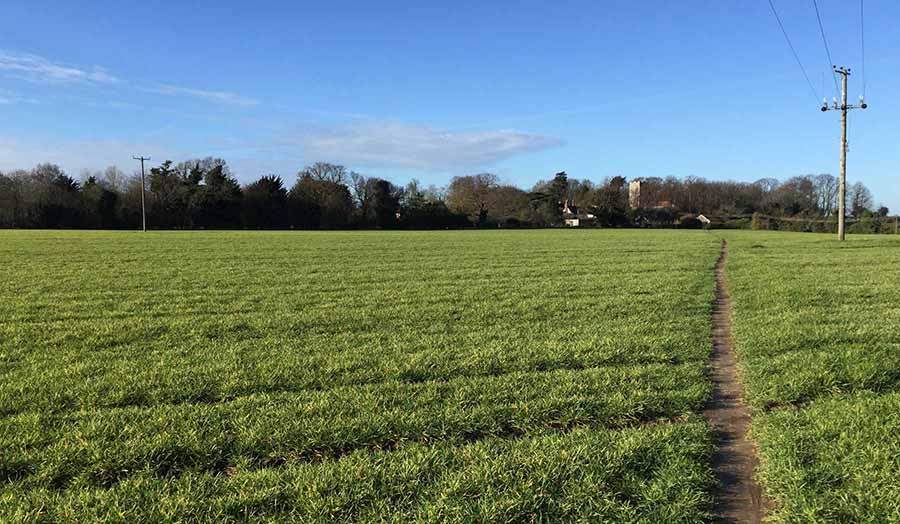
Details
| Tutor | Heidi Yeo |
|---|

-(1)-(1)-(1).jpg)
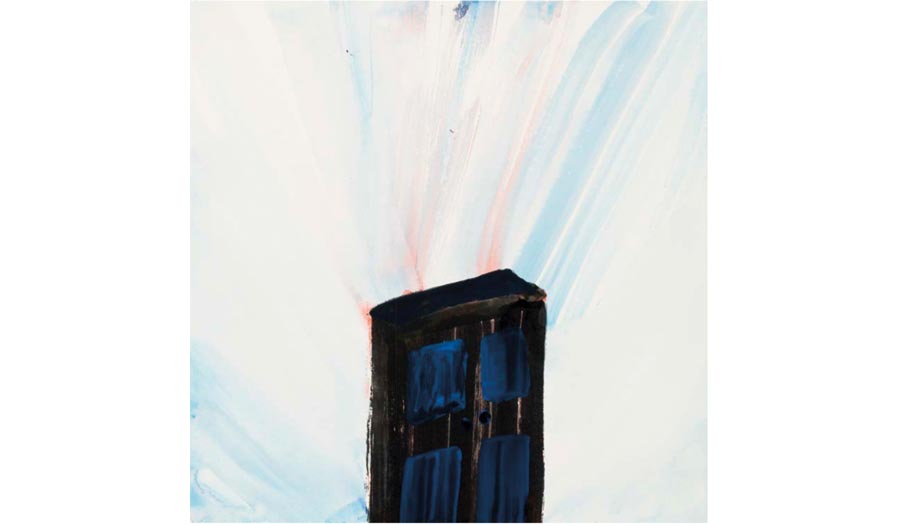
-(1).jpg)


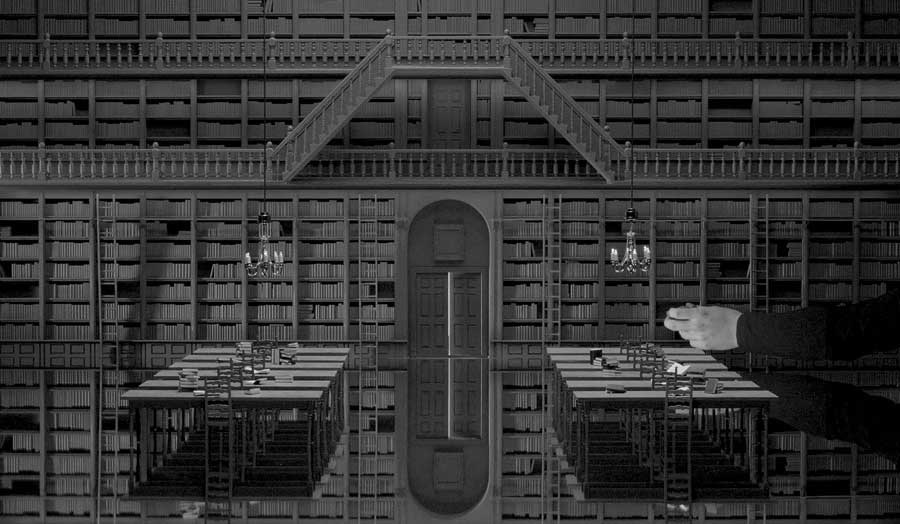
-(1).jpg)

-(1).jpg)

